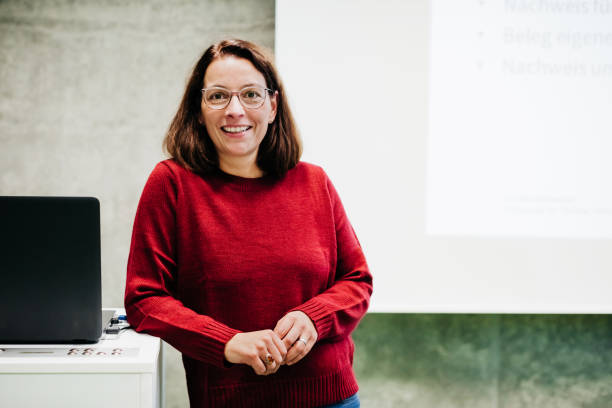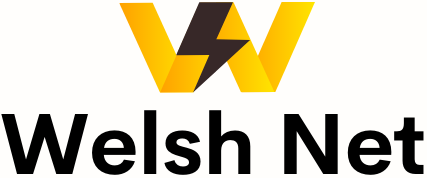Use Artificial Intelligence (AI) It has gone viral on social networks in recent months due to its various applications. Although to date the most popular uses have focused on entertainment, the first developments in its application in education sector They are already at the initial stage.
According to the report Artificial Intelligence: The Future of Education in Mexicofrom the Mexican Competitiveness Institute (IMCO), in Mexico, the Ministry of Public Education (SEP) must immediately determine direction and design timely policies to enable AI to be used in education.
In one of its articles, IMCO considers that the strategy must be comprehensive and designed by experts in the field, so it must consider the impact. training for teachers and school directorsas well as a infrastructure plan to produce minimum conditions connectivity and access to electronic devices in all schools, because only in this way will access be fair and can translate into more inclusive education.
According to the institute, IEducational Artificial Intelligence (AIEd) This can be applied at the three levels that make up the SEP, namely students, teachers and the system itself, as AI will become a useful tool to support educational policies, facilitate the work of teachers and support the specific needs of each student. for inclusive education.
At the level aimed at students, IAEd has the potential to create a personalized educational space that responds and adapts to the needs and interests of each student, which in turn can create a more inclusive and specialized educational space, both because its content is aimed at society. with different abilities or because of the use of various learning approaches.
On the other hand, if educational Artificial Intelligence is applied in teachers’ professional development, their workload can be reduced, so that they can use their time more effectively to focus on education that is more personalized and tailored to the individual needs of students. student.
Finally, if the National Education System (SEN) itself implements the use of AI, it could face related challenges dropping out of school or learning loss. In this regard, IMCO highlights that in countries such as the UK, AI tools are already being used to provide better education administration through tools such as automated timetable management and development or chatbots that provide assistance to the educational community through automated messages.
In theory, the use of Artificial Intelligence is more than promising. However, even before reaching practice, obstacles become more than just present in educational tasks.
On the one hand, the United Nations Educational, Scientific and Cultural Organization (UNESCO) has indicated that two limitations of the application of AI in Mexican classrooms are equitable access to technological tools and professional preparation of teachers. And of course, because before implementing plans and strategies, we must consider that for AI to benefit students and teachers, schools need to have connectivity and access to technology.
UNESCO data shows that in Mexico, although seven out of every 10 urban households have access to the Internet, only four out of every 10 rural households have connectivity. In addition, in some Mexican states there is a low coverage of computers available for educational purposes, which marks an inequality that conditions education and performance, since the use of technology in the classroom is linked to a complete educational trajectory and better learning.
According to the IMCO report, this gap is more visible between regions in this country because states in the southern region are still at a disadvantage in facing the influx of AI compared to states in the northern region, so there is a gap in equitable use of resources. new power. technology. In fact, already evident disparities in the education system could increase with the introduction of AI in states such as Chiapas and Oaxaca, where one in 10 schools has an internet connection and three in 10 schools have a computer.
Before the introduction of Artificial Intelligence in students’ lives, as well as the adaptation of physical spaces for the use of technology, schools with adequate connectivity and equipment to serve students, it is important for teachers to develop digital skills, which until now did not exist. measured or evaluated in Mexico.
Digital training for teachers in Mexico is of such importance that it must be included in the normal school curriculum and integrated as part of the continuing education they receive in their teaching career.
So that Artificial Intelligence in the field of education can be used, and so that Mexico is not left behind in the educational transformation that the world is experiencing, IMCO proposes four factors to be analyzed, taken into account and implemented in the country’s educational system:
– Design a comprehensive strategy, together with international experts and organizations, to adequately incorporate AI into education with timely policies. The guiding strategy will be a starting point for implementing educational AI focused on educational systems, enriching educational policies, and creating strategies that enable its universal application in classrooms. The application of AI in education will not be possible in all schools until minimum conditions of connectivity and access to technology are guaranteed.
-Include AI in new educational models for teachers and students, as AI offers teaching tools to facilitate and improve teaching. Likewise, students need to be exposed to new technologies, despite the fact that new technologies related to AI are not considered in new study plans.
-Train teachers in the knowledge and use of AI applications. IAEd tools will be increasingly used throughout the world as teaching instruments. Access to good international practice is key to improving the quality of education. Training programs need to be developed to equip teachers with the skills necessary to know and use IAEd effectively in the classroom.
-Invest in connectivity in classrooms and ensure basic needs. For AI to be used in classrooms and benefit students and teachers in their educational work, a strong internet infrastructure is needed in classrooms at all levels of education, especially in classes with a low percentage of connectivity. Only by ensuring connectivity can the likelihood of equitable access to student- and teacher-focused IAEd applications be enhanced.
Keep reading:

“Web specialist. Incurable twitteraholic. Explorer. Organizer. Internet nerd. Avid student.”

:quality(85)/cloudfront-us-east-1.images.arcpublishing.com/infobae/L2FBXAAX4FCEJPKHOGXRA7INHQ.jpg)




